Blog
Posture and Exercises Guideline to Start 2024
Happy New Year!
We hope 2024 is off to a great start!
This year in our newsletters and videos we will be covering and digging into the most optimal way to use posture and exercise for the health of your muscles and joints and overall body.
In our most recent webinar, we covered sitting and standing posture along with:
- Hip hinge for your low back
- Squat for your hips
- Lunges and your knees
- Bent over row and the forward shoulder
- Triceps and stress in the wrists
- Chest press pressure on the spine
- Biceps and using inertia
- Planks and the spine
- Push-ups and the upper back posture
- Carries and stress on the shoulders and neck.
Each month this year we will dive deeper into each of the exercises listed above using the principles of the Integrative Movement System, alignment, breathing and control.
We will cover:
- optimal mechanics
- common cues that are less than optimal
- progressions
- modifications
- application to everyday life
We hope you can join us on our monthly webinar...
Importance of Rotation for Sport and Life
You have heard the old saying, "You must learn to walk before you can run." In life, this saying is never old. Before we can do something faster, we will do it slower until we have more confidence, or like a child trying to go too fast, they may fall because they can't control all the parts of their body.
How does this apply to this month's topic on rotation?
Before we can rotate well, we must first learn to control rotation.
When you can learn to control rotation, you will increase your chances of rotating through a swing more efficiently.
What does it mean or entail to control rotation?
When we rotate 'optimally,' we rotate on an invisible access. In other words, the body stays centered, and joints remain aligned. When you don't stay centered, you shear through some part of your body.
For a sports activity, you may have excess motion or shear through some ribs and feel tightness or discomfort through your ribs or mid-back due to the shearing motion.
If you lack optima...
Posture and Low Back Pain

Do you ever feel like your lower back tighten up while you are sitting or standing for any length of time?
This is unfortunately too common and as it turns out quite costly. According to the Institute for Health Metrics and Evaluation between 1996-2016 treatments for lower back and neck pain cost nearly $77 billion by private insurance, $45 billion by public insurance, and $12 billion out of pocket by patients themselves in the U.S.
Those numbers likely don't include over-the-counter medications and some non-medical treatments for pain.
While injury, surgery, and other physical trauma can be sources of back discomfort there are many lifestyle or habit-driven activities that over time can be the main driver of back pain, tightness, and discomfort.
Let's start with an easy not-so-easy....posture.
- Easy, because for many of us, it is something we can readily fix. Not so easy because
- You have to wade through the plethora of conflicting information.
- The information may not be wron...
Have you ever heard or been told you need to bend at your knees to save your back

Have you ever heard or been told you need to bend at your knees to save your back?
While it is not a complete myth it definitely overlooks a very large important joint that you need to bend or move through when bending, squatting, deadlifting, picking something up, etc., and that is the ability to move through your hip joint.
Let's take a look a how to or what it means to bend or move through your hip joint versus not moving through the hip joint.
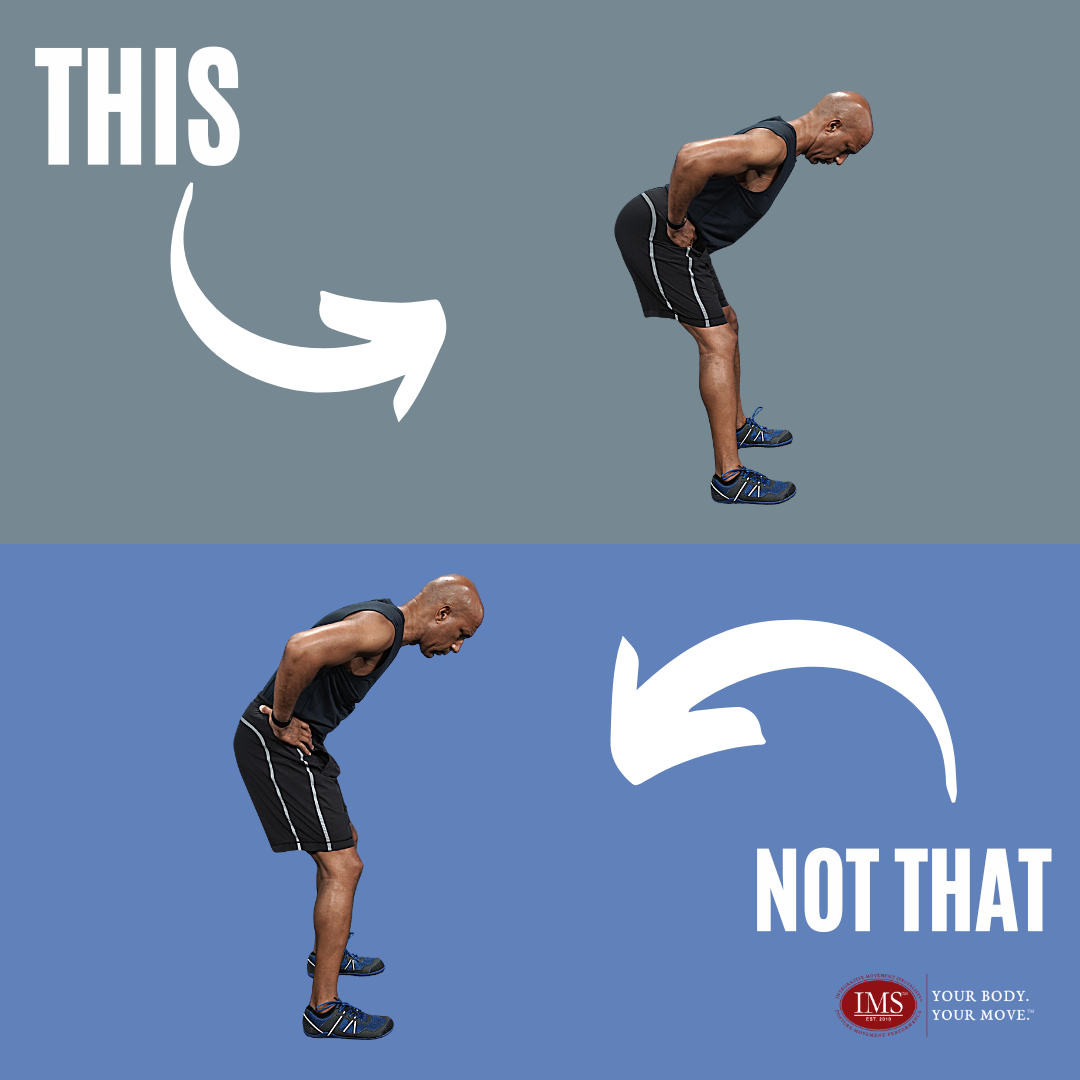
In the next picture, you can see more from the anatomical perspective of what is happening to the spine with either version.
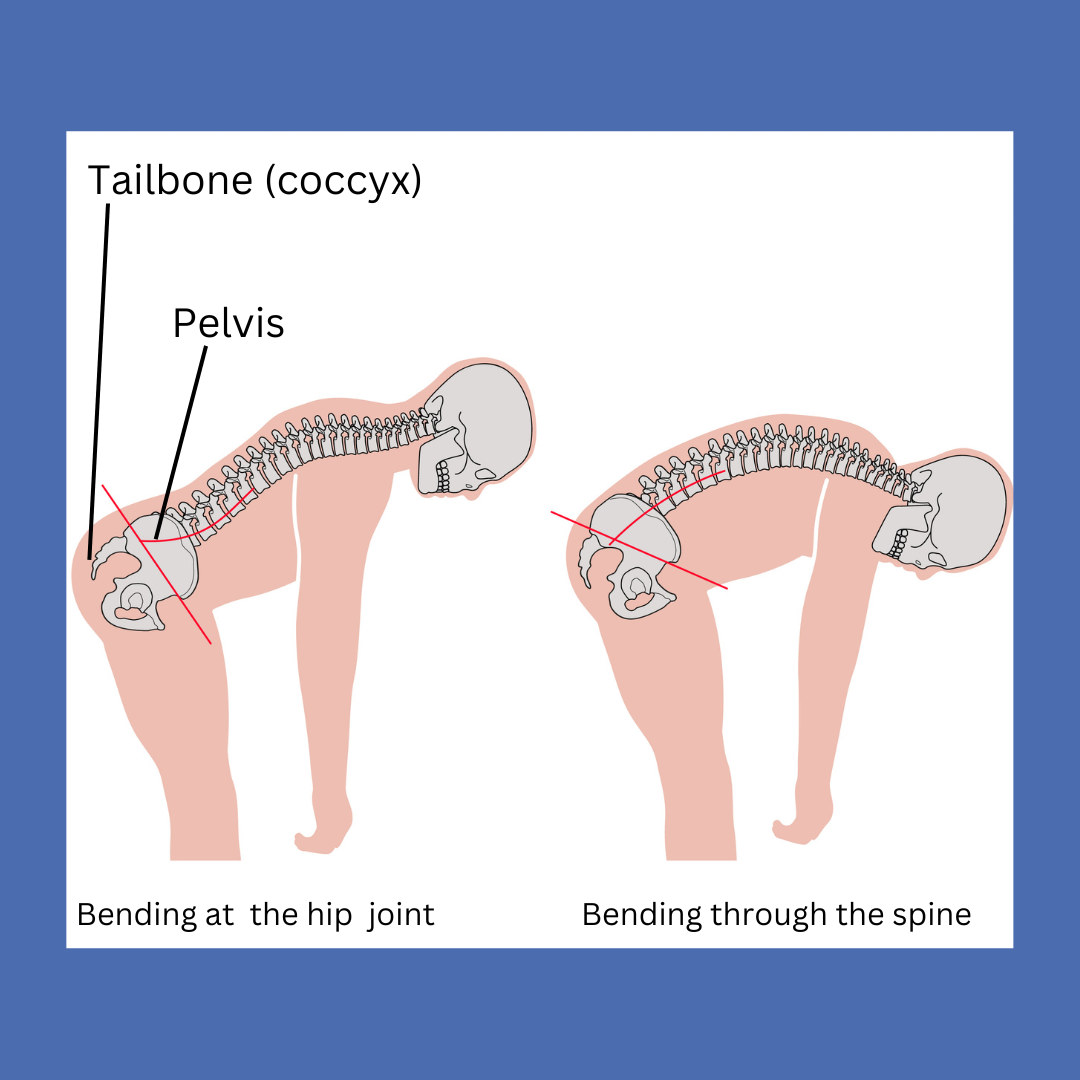
Note the difference between the two pictures above.
When we bend at the hip joint the entire spine, and pelvis move together around the hip joint. Note where the tailbone is in either picture. In the first picture, the tailbone is almost parallel to the floor. In the second picture, the tailbone is pointing down towards the floor and you can see the bending in the spine as the pelvis has not moved with the s...
Make Posture Easy

|
|||
For the upper back and chest, if you struggle with discomfort in t...
What is Good Posture?
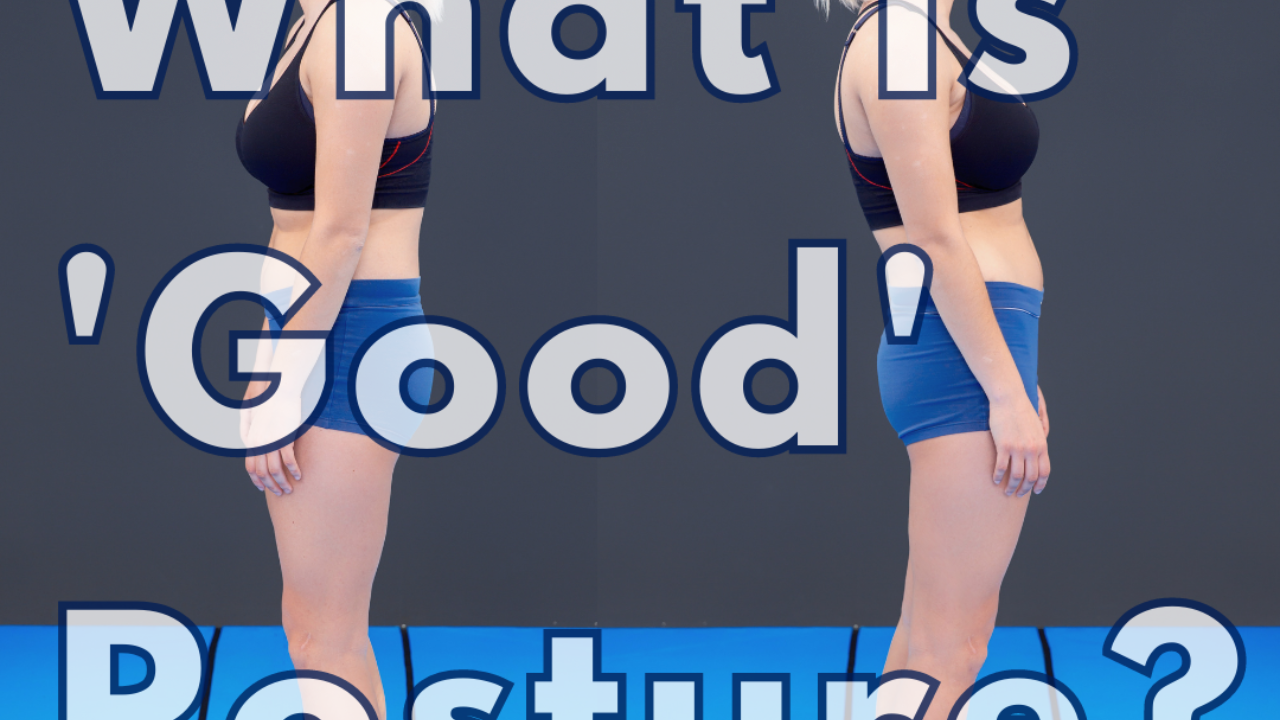
We often receive the question, 'what is good posture'. There is definitely a bit of a debate about it. Last week we looked at the forward head position commonly today is known as 'tech neck'.
Today we will work our way down the spine to the upper and midback, known as the thoracic area of the spine. A common cue or directive you may have been given from a young age is to sit or stand up straight. This may have included 'lift your chest', 'pull your shoulder down and back.'
These directions were well-meaning. No one wanted you to look like a slouch or develop a hump in your back. The fact is, that often with repeated use of these cues over time we can start to change the natural posture of our spine. If you look at the picture of the spine below the spine has gentle curves throughout. The curve in the upper and middle back actually sways back creating what is called a kyphosis versus the low back which curves the opposite way into a lordosis or lordotic curve.
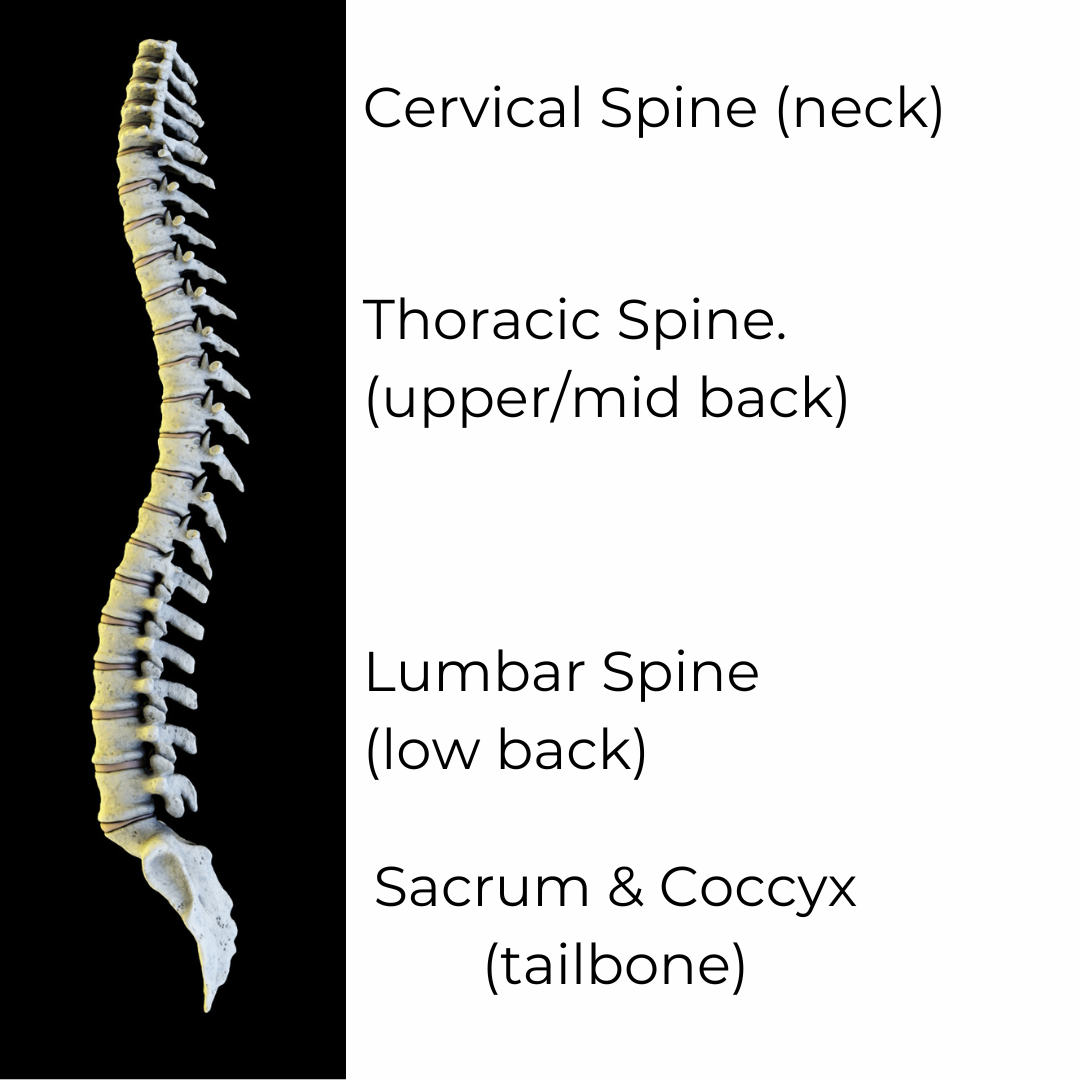
The kyphotic ...
The Magic is in the Details
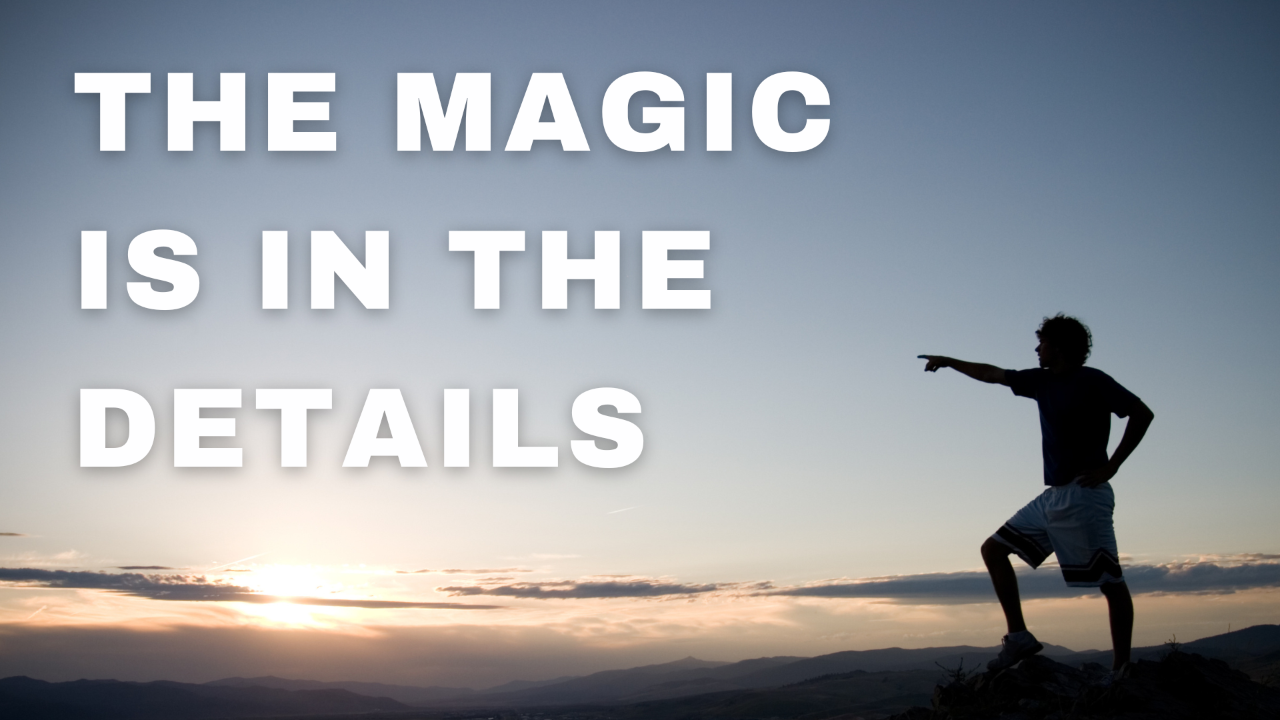
Clients often say, "I'm not sure what we just did, but it was like magic my legs feel so much lighter or my neck is moving so much better". Well, we are hardly magicians. We don't wear magic hats and pull rabbits from them.
What we do is not magic, but the magic feeling happens in the details and you too can experience the magic.

Getting your body to move and feel better through exercise requires three details:
- Optimal alignment or close to it
- Three-dimensional breathing
- Using the right effort for the task at hand or known as control
As you know exercise comes in all forms. If you feel a need to stretch during or after exercise you likely missed or compromised one of the above.
Compromise happens for many reasons, the weight was too heavy, fatigue, too much time, previous injuries, poor movement habits, poor exercise habits, pushing yourself beyond the point where your body can maintain the three details above.
None of this means you should not lift heavy weight or ...


